Amid reports of White House clashes with CDC, experts raise alarms about lack of coronavirus screening at airports
WASHINGTON — As the nation begins to reopen amid the coronavirus pandemic, some people are looking to the skies — and experts don’t necessarily like what they see, arguing there are not enough safeguards in place to protect passengers and crew.
While air travel has fallen sharply due to the virus, the airports are open and planes are flying both domestically and internationally. The Centers for Disease Control and Prevention has issued travel guidelines encouraging air passengers to wear face coverings, “keep 6 feet of physical distance from others” and only board planes for essential travel. However, these guidelines are merely suggestions.
There is no requirement for masks, and there have been multiple reports of crowded conditions in airports and on planes, which have left passengers alarmed. The Transportation Security Administration, which screens passengers and luggage at airports, has also experienced over 560 confirmed cases of COVID-19, the disease caused by the coronavirus, and six deaths from the illness.
Despite these concerns, there are currently no coronavirus screening procedures for domestic air travelers, and a congressional investigation has also raised questions about the level of screening being conducted for international passengers. Speaking in the Oval Office on April 28, President Trump told reporters his administration is working on implementing a procedure for temperature checks and COVID-19 tests for air travelers.
“We’re also setting up a system where we do some testing, and we’re working with the airlines on that,” Trump said.
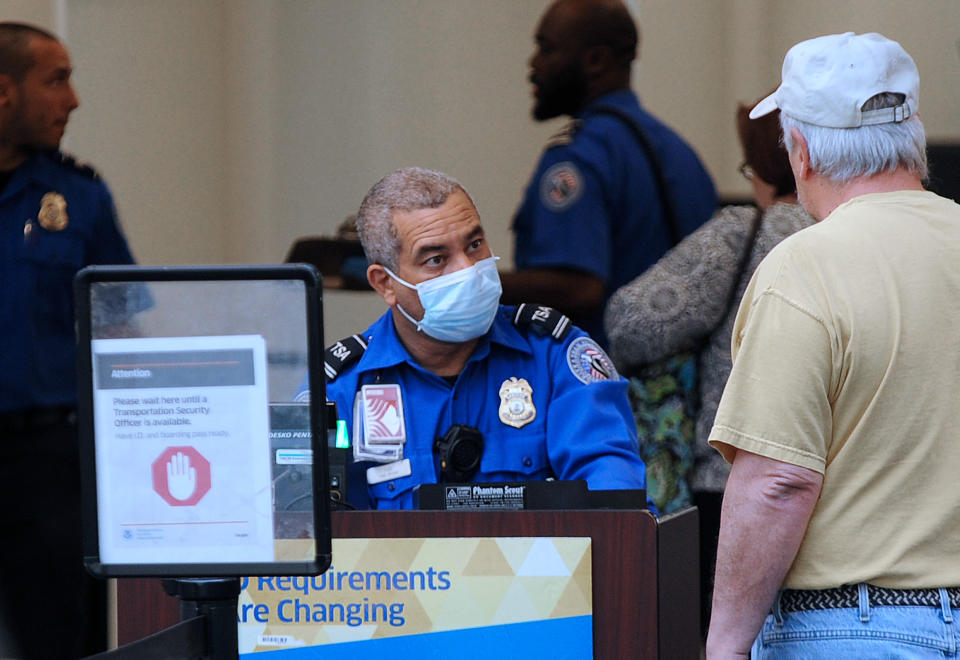
According to a May 6 government document reviewed by Yahoo News, the CDC was “developing a tool for predicting risk of importation of COVID-19 among international travelers” and meeting with the White House National Security Council “to discuss strategies for screening arriving international passengers from countries with substantial COVID-19 transmission.”
However, there have been reports of discord between the CDC and the White House. On May 9, USA Today reported CDC officials were overruled by the White House after they raised concerns about a potential plan to establish temperature checks at the airports. While some COVID-19 patients do have high fevers, many do not and others are entirely asymptomatic.
USA Today’s report included an email Dr. Martin Cetron, the CDC’s director of global mitigation and quarantine, sent to officials with the Department of Homeland Security criticizing the temperature checks as “a poorly designed control and detention strategy.”
Cetron, the CDC and DHS did not respond to requests for comment. The White House did not respond to questions about the reported disagreements from the CDC or whether the Trump administration believes temperature checks are an adequate screening measure for airports.
Rep. Raja Krishnamoorthi, the chairman of the House oversight subcommittee on economic and consumer policy, has investigated coronavirus screening procedures at airports. Earlier this week, the Illinois Democrat told Yahoo News he was concerned by the report that the White House is pursuing a temperature screening plan over the objections of CDC officials.
“The White House has been ignoring and sidelining America’s public health experts at the CDC, instead relying on nonexpert political appointees to make public health decisions,” Krishnamoorthi said. “I am troubled by reports that officials at the Centers for Disease Control and Prevention could raise this public health concern and be essentially overruled by presidential aides. The desire to lure Americans back into traveling by making them feel like they are safe cannot outweigh the need to actually keep this country safe.”
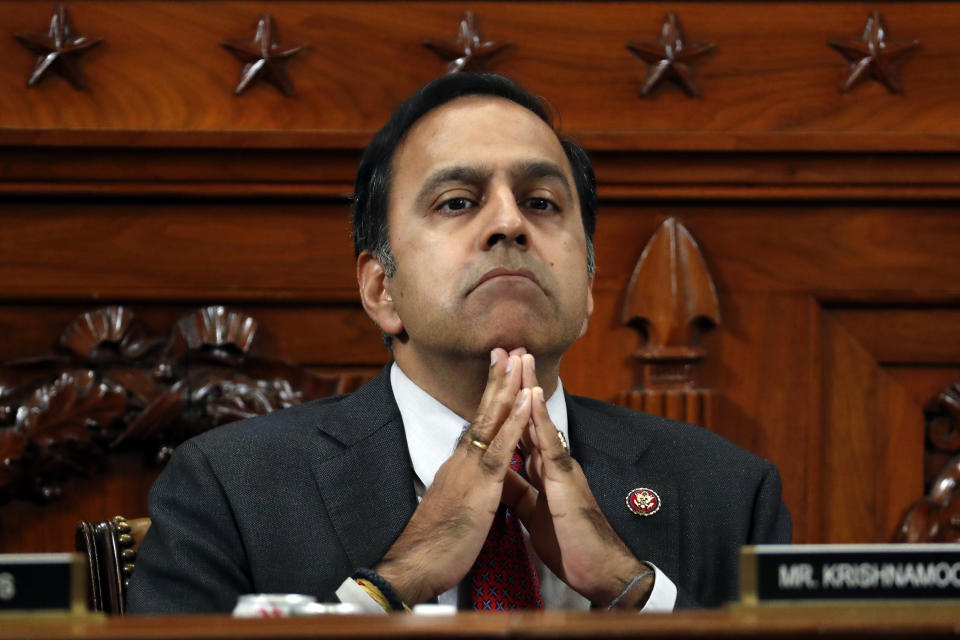
Krishnamoorthi has previously raised concerns about what he described as “lax” screening procedures for international travelers coming into the United States from coronavirus hot spots in March as the pandemic exploded around the globe. Trump has repeatedly pointed to restrictions he imposed on travelers from China — where the virus originated — on Jan. 31 as evidence of his strong efforts to curb its spread in the United States.
However, the restrictions on China contained exemptions that allowed over 400,000 people to subsequently travel from that country to the United States. And on May 7, Krishnamoorthi’s subcommittee released the results of an investigation that focused on two other early coronavirus hot spots — Italy and South Korea. Krishnamoorthi said he believes Trump has focused on “rhetoric and bluster rather than actually effective screenings.”
“Just from what we found with Italy and South Korea, there was no border closing. There was no screening. Unfortunately, the lack of screening probably had some very serious consequences at a time when cases were exponentially rising in the United States.”
Krishnamoorthi’s investigation, which included extensive briefings from officials, found that the White House National Security Council’s Policy Coordination Committees decided in March to rely on South Korean and Italian officials to screen passengers in those countries who were headed to the United States. The probe further found the U.S. had “limited” oversight for those screenings in Italy and that only 69 passengers were prevented from coming to the U.S. from those two countries in March. Once they arrived, the investigation found passengers entering from the two countries did not receive additional health screenings.
“Potentially thousands and thousands of people came across without screenings” from what were two of the leading coronavirus hot spots at the time, Krishnamoorthi told Yahoo News. “It doesn’t take a lot to believe that folks came over and seeded further outbreaks here in this country.”
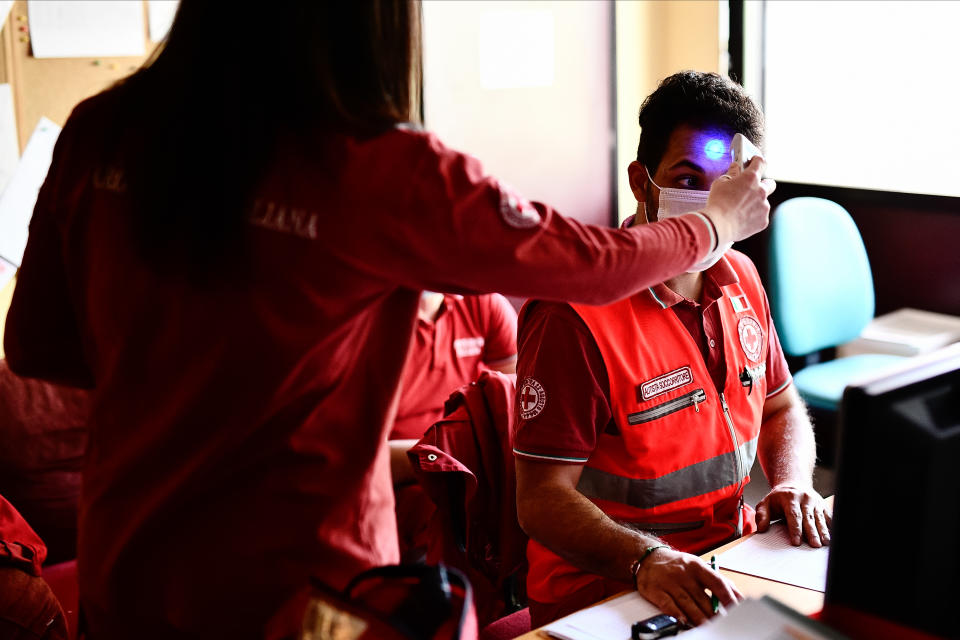
Jonathan Ullyot, a spokesperson for the White House National Security Council, responded to questions about Krishnamoorthi’s investigation with a statement touting the government’s steps to screen international arrivals earlier this year.
“The reality is that the United States government took early and decisive action to mitigate the risk from global hot spots, including China, Iran, South Korea, and the Schengen area of Europe,” Ullyot wrote. “After restricting travel from China on January 31 … the security directive put forth by the administration required enhanced medical screenings for all passengers before they departed on flights to the United States from Northern Italy and South Korea.”
According to Ullyot, the screenings in Italy and South Korea “included checking the passenger’s temperature, visual observations to detect signs of illness, and questionnaires.” While Ullyot did not dispute Krishnamoorthi’s contention that the U.S. relied on officials in those countries to conduct the screenings and that few passengers were denied boarding, he said “U.S. mission staff visited airports” in both countries to “observe these screening procedures.”
A senior Trump administration official, who requested not to be named, said all international arrivals to the United States are subject to Customs and Border Protection (CBP) screenings that are following CDC guidelines. The official explained that those guidelines require CBP officers to refer travelers “to the CDC, DHS contract medical screeners, or local health authorities for health screening” if they are exhibiting symptoms or have traveled from countries that have experienced major outbreaks.
According to the official, the CBP has “established processes to identify travelers who have traveled to the United States directly or indirectly from areas that are experiencing COVID-19 outbreaks.”
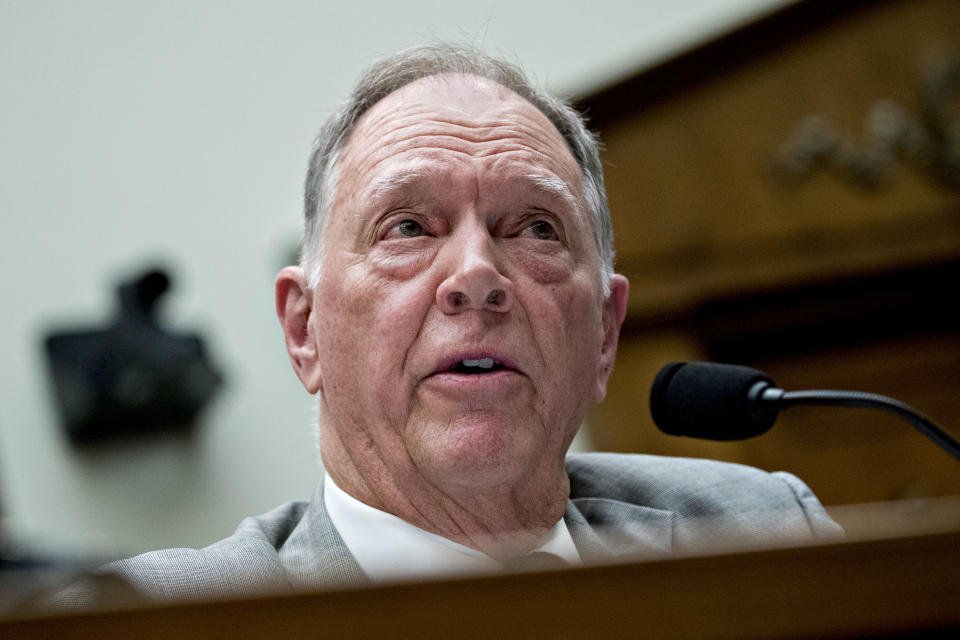
Domestic air passengers, however, are treated differently.
“With regard to domestic travel, there’s not more screening beyond what TSA normally does,” Krishnamoorthi said.
He said that lack of screening for domestic travelers is particularly worrisome as areas of the country are beginning to lift lockdown restrictions. He suggested this could lead to a situation where business people “go back and start traveling” and then “transport these cases everywhere.”
“We have to look at the science of it more closely, and we have to develop a more precise way of screening,” Krishnamoorthi said.
Randy Babbitt, a former administrator of the Federal Aviation Administration, said the lack of new screening procedures is not as much of a problem right now since “nobody’s flying.” However, he said it will become a pressing issue as the country reopens and airports become more crowded.
“People are going to start flying and as it ramps back up, that becomes a different question,” Babbitt told Yahoo News.
Babbitt further explained that one difficulty with establishing comprehensive procedures for airports is that so many different government agencies are involved in air travel. However, he pointed to proposals generated by Stonebriar Strategy Group Thought Leadership Initiative, a nonprofit consultancy, as a realistic potential road map.
Howard Thrall, the president and senior partner of the group, said the organization is comprised of multiple retired consultants and executives who have worked in the industry. According to Thrall, a veteran executive who has worked for multiple aviation and aerospace companies, the group came together because they were “totally amazed” a coronavirus airport screening system has not yet been established.
“This is really a pro bono exercise for a bunch of old graybeards,” Thrall said.
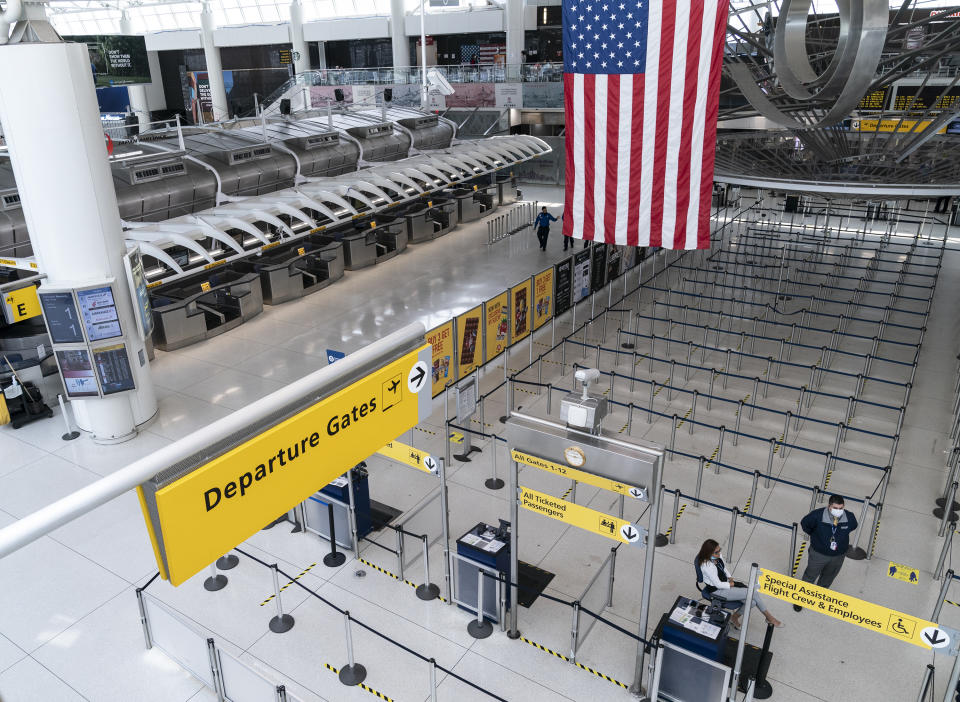
The Stonebriar Strategy Group’s proposal calls for screening perimeters to be established outside airports, where rapid COVID-19 tests, questionnaires and temperature checks could be administered to travelers and workers. Setting up a screening perimeter would mean that even if passengers ended up in close proximity during boarding or on planes, they could have a higher degree of confidence those around them were not contagious.
Along with addressing safety concerns, Thrall said implementing these screenings could help the economy since aviation is a substantial part of the nation’s gross domestic product and boosting consumer confidence is crucial to returning the industry to normal levels. He pointed to the aftermath of the Sept. 11 attacks, when the TSA was formed and security screening procedures were transformed, as evidence that airport procedures can quickly be revamped.
The Stonebriar Strategy Group’s detailed proposal estimated it would cost approximately $6.8 million per airport, per year, to establish coronavirus screening perimeters. With approximately 5,000 public airports in the country, that would mean a total cost of about $34 billion.
However, Thrall argued that cost is realistic relative to the urgent need and the trillions of dollars the government is spending to address the coronavirus.
“That’s why we wrote it up. It wasn’t happening and it could happen. This is not a big deal,” Thrall said. “I mean, it’s not going to be free by any means, but this is very, very manageable.”
_____
Click here for the latest coronavirus news and updates. According to experts, people over 60 and those who are immunocompromised continue to be the most at risk. If you have questions, please refer to the CDC’s and WHO’s resource guides.
Read more:


